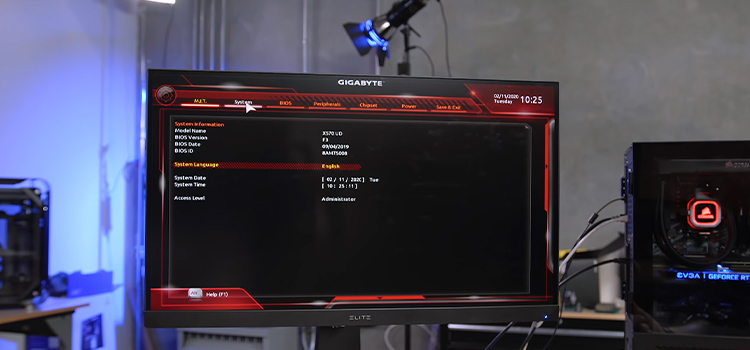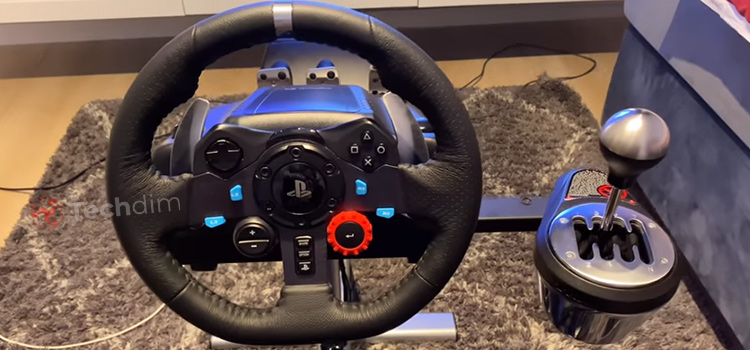Why are Monitors More Expensive Than TVs? | Ultimate Explanation
If you are in the market for a new monitor, you may be wondering why are monitors more expensive than TVs, it’s a fair question. These days, some 27-inch monitors can go for a price much higher than a 32-inch 4k TV. Is the price justifiable? Well, it is. In this article, we are going to learn why.
Also, if you were wondering if you could buy a TV instead and use it as the monitor for your computer, the answer is that you can. But there are some drawbacks you should know about.
In short, monitors are more expensive than TVs due to their manufacturing methods. They are manufactured keeping different usage scenarios in mind.
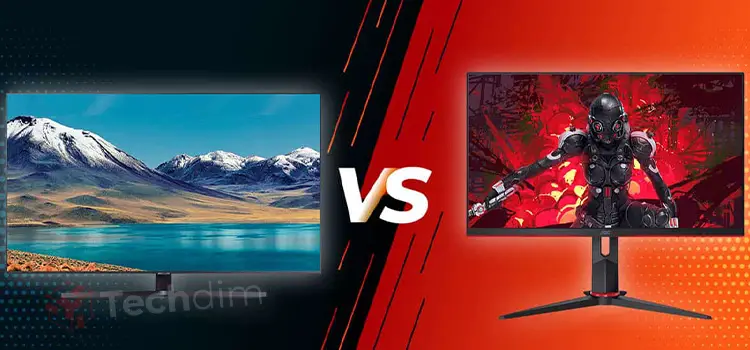
Reason Why Monitors are More Expensive Than TVs
From form factors to usage, monitors are significantly costlier than smart TVs. We’ll explain them one by one.
1. Monitors Usually Have a Higher Pixel Count
A 4K resolution refers to different things in terms of monitors and TVs. Any screen with a resolution of 3840×2160 can technically be called a 4K screen. However, this doesn’t ensure higher picture quality. The actual picture quality is dependent on PPI or pixel per inch. So, the higher the pixel count within a fixed radius, the better the picture quality actually is.
You may have noticed at some point that your 4K television looks blurry than your lower-res monitor when looked at from close. The PPI count comes in handy here, which is higher in monitors. So, even high-resolution TVs are only high-res from a minimum of 1-meter distance.
Why that’s not the case with monitors? Because they have a higher pixel-per-inch count. So minimal distance is not an issue here. Needless to say, higher PPI screens cost more to manufacture.
2. Monitors Have More Responsive Screens
All display outputs including monitors and TVs take time to respond to the input. In simpler terms, display output units to show pictures on the screen. This is called input lag time. Displays having shorter input lag time, or displays that can show pictures quicker, are the ones with the higher price tags.
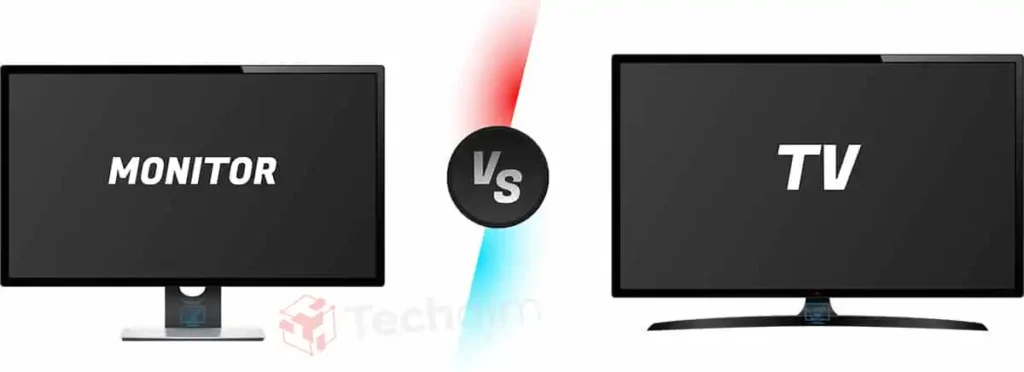
Computer monitors need to handle hundreds or in some cases thousands of inputs in a very short amount of time. In order to show things in a snappy manner, they need to respond more quickly. TV screens, on the other hand, don’t need to handle that much input. Thus, they have higher input lag, thus are less responsive in general. That’s another reason for them being cheaper.
3. Monitors Have a Higher Refresh Rate
Pictures on your monitor are not static, meaning, they need to change pictures constantly. A display with a higher refresh rate means it can change pictures quicker than a display with a lower refresh rate. A monitor with a 60 Hz refresh rate means it’ll refresh 60 times per second. So, generally speaking, displays with higher refresh rates provide smoother and more fluid movements.
While a regular 60 Hz TV is more than enough for movies, while gaming, this isn’t. Because in movies, everything is preset, but games improvise the dynamics completely. While gaming, whatever happens on the screen, happens due to your actions.
So, to provide you with a good viewing experience in different situations, computer monitors usually come with pricier screens that have higher refresh rates.
4. Supply and Demand
Prevalent in any business, pricing is always determined by demand, rather than by supply. As a result, even though higher-quality monitors are mass-produced by numerous manufacturers these days, the demand always stays high. As a monitor is an integral part of your every computing need, manufacturers simply keep their prices high.
Also, people don’t upgrade their monitors as much as they do with their TVs. Besides, monitors last longer than TVs, due to the higher quality of parts being used. So even though monitors cost more, if you calculate their utility, it’s actually not that high.
5. Features and Utility
If you want more ways to customize your viewing experience, monitors are the way to go. For example, monitors support a wider range of display resolutions, while TVs support only a few. Also, they support a wider range of devices. You can use your monitor with almost every device imaginable. Even though more recent smart TVs have wider connectivity options, monitors always had those. Not only that, when you connect your monitor with different devices like your gaming console or your smartphone, monitors prove a more customized user experience. You can tailor everything according to your needs.
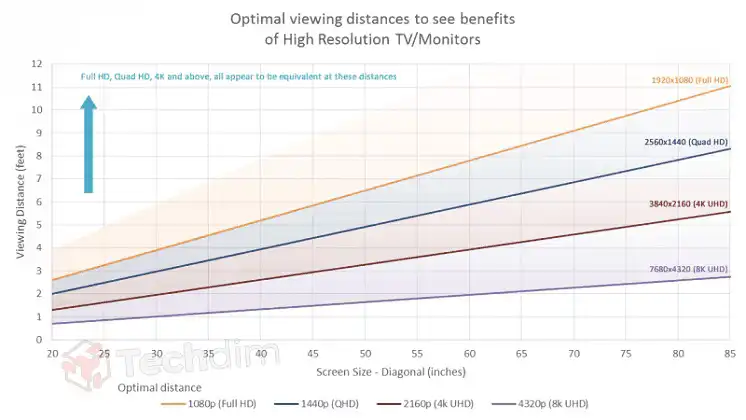
Also, there are monitors designed keeping different types of users in mind. You can buy specialized gaming or video editing monitors. That’s why TVs are cheaper than monitors.
Frequently Asked Questions And Answers
Is it cheaper to use a TV as a monitor?
Generally speaking, yes. Depends on your choice of TV though.
Is it better to use the TV as a monitor?
Normally, it’s not. However, if you already own a capable TV and want to utilize it as your computer monitor too, you can.
Is smart TV better than a monitor?
Depends on your usage. If you are not into gaming, a smart TV can give you equally well, if not better performance.
Conclusion
Even though both TVs and monitors are designed to display things, their utility is quite different. Monitors are known to provide better visual quality for both casual users and professionals. Hence the higher manufacturing cost. Combine that with lower average sales than TV, you get the idea of why monitors are more expensive.
Subscribe to our newsletter
& plug into
the world of technology


